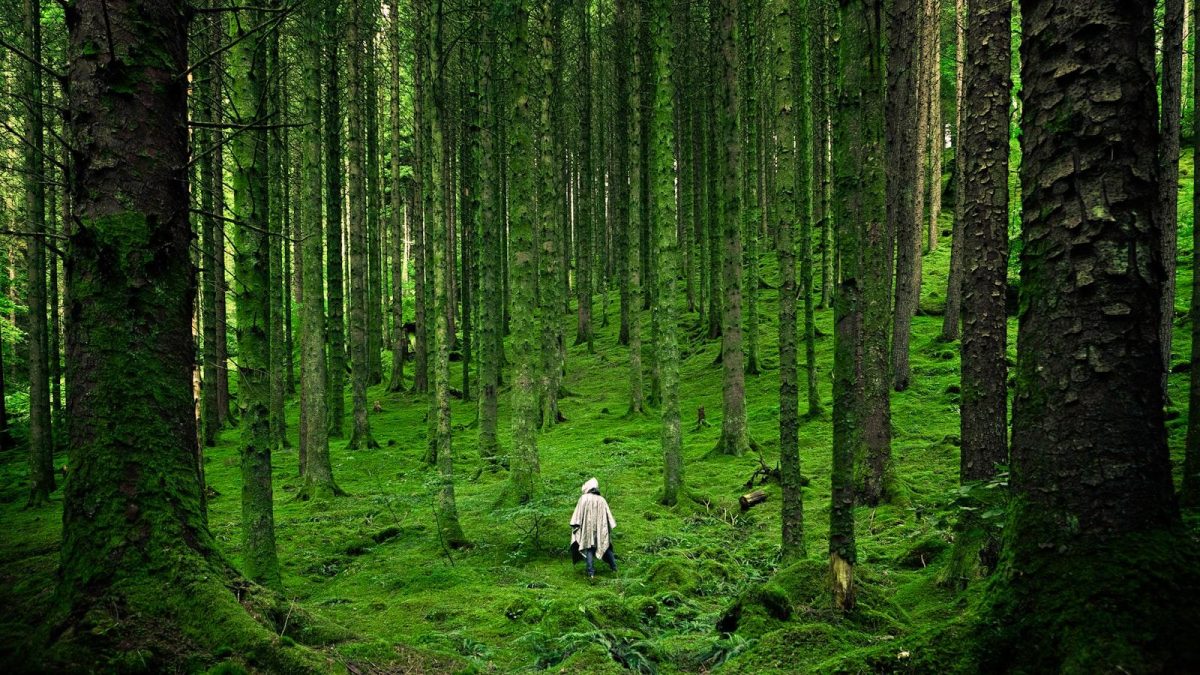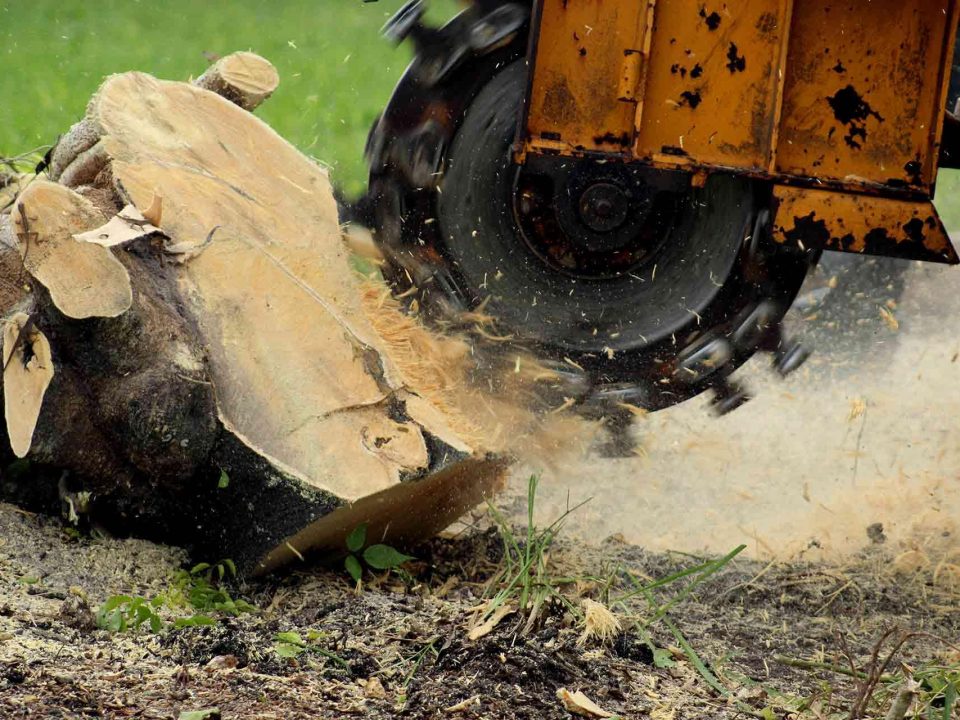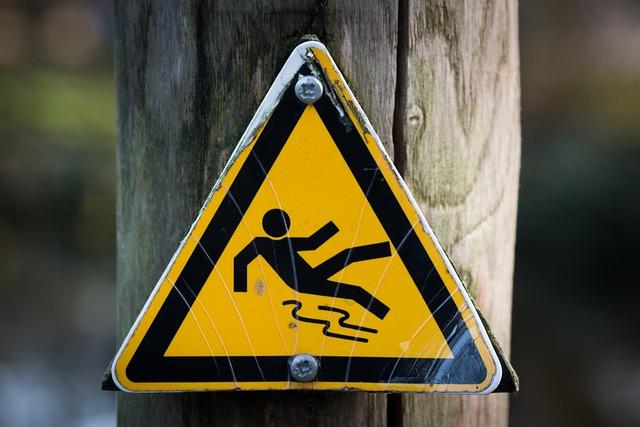Trees in Environmental Education

In the realm of environmental education, trees play a pivotal role in shaping students’ understanding and appreciation of their surroundings. As demonstrated by various studies and programs, trees offer a multitude of benefits that extend beyond their physical presence. From providing essential oxygen and improving air quality to fostering a sense of community pride and ownership, the significance of trees in educational settings cannot be understated. Research has shown that engaging students in tree planting activities not only enhances their environmental awareness but also cultivates positive attitudes towards sustainability and conservation[3]. This introduction sets the stage for exploring the profound impact of trees in environmental education and the valuable lessons they impart to students.
Table of Contents
- Why trees are essential in environmental education
- Benefits of incorporating trees into educational curricula
- Practical ways to teach about trees in schools
- Utilizing trees for hands-on environmental learning opportunities
- Q&A
- Conclusion
Why trees are essential in environmental education
Trees in Environmental Education
Trees play a crucial role in environmental education by serving as essential tools for teaching about the interconnectedness of ecosystems and human well-being. Through hands-on experiences with trees, students can learn about the benefits that trees provide to the environment and society as a whole.
Here are reasons :
- **Oxygen Production:** Trees are vital in producing oxygen through photosynthesis, showcasing the importance of green spaces in sustaining life on Earth.
- **Air Quality Improvement:** Trees help improve air quality by absorbing pollutants and releasing clean oxygen, illustrating the significance of trees in combating pollution.
- **Water Conservation:** Trees play a crucial role in conserving water by reducing soil erosion and capturing rainwater, showcasing their role in maintaining healthy water cycles.
Benefits of incorporating trees into educational curricula
Integrating trees into educational curricula offers a wide range of benefits that enhance environmental education. Trees serve as valuable educational tools, providing hands-on learning experiences for students of all ages. By incorporating trees into the curriculum, students can develop a deeper understanding of ecological systems, plant biology, and the importance of preserving natural habitats.
Additionally, the presence of trees in educational settings contributes to improved air quality and overall well-being. Trees help reduce air pollution and provide shade, creating a more comfortable and sustainable learning environment. Studies have shown that exposure to nature, including trees, can enhance cognitive function and focus, leading to better academic performance and overall health.
- Enhanced hands-on learning experiences
- Improved understanding of ecological systems
- Contribution to better air quality and well-being
- Positive impact on cognitive function and academic performance
| Benefit | Description |
|---|---|
| Hands-on Learning | Engage students in practical experiences with nature |
| Environmental Understanding | Enhance knowledge of ecological interactions and sustainability |
| Air Quality Improvement | Contribute to a healthier learning environment |
Practical ways to teach about trees in schools
When it comes to incorporating trees into environmental education in schools, there are several practical and engaging ways to spark students’ curiosity and understanding of the importance of trees in our ecosystem. One effective approach is to utilize resources like the i-Tree Project, which offers hands-on activities for middle and high school students to discover and analyze the many facets of trees [1]. These activities can provide a deeper insight into the role of trees in the environment and how they contribute to our ecosystem’s health.
For younger learners, guiding preschoolers to connect with nature through simple activities can also be a valuable teaching method. Asking preschoolers about what they see in nature and documenting their discoveries can help them develop a sense of wonder and appreciation for trees and other elements of the natural world [2]. This hands-on approach can foster a love for nature early on and lay a foundation for future environmental education.
Additionally, the PreK-8 Environmental Education Activity Guide offers 96 multi-disciplinary activities that can be adapted for teaching about trees in schools [3]. These activities focus on building critical thinking skills and can be a valuable resource for educators looking to create engaging lessons centered around trees and the environment.
Utilizing trees for hands-on environmental learning opportunities
In the realm of environmental education, trees serve as remarkable gateways to interactive and engaging learning experiences for students of all ages. Through hands-on activities and interdisciplinary approaches, utilizing trees can offer valuable insights into the natural world. By incorporating the senses and encouraging exploration, students can deepen their connection to the environment while fostering a sense of stewardship.
Projects such as Tree Campus K–12[1] and Project Learning Tree[2] provide resources and materials that support hands-on learning with trees at various educational levels. These initiatives offer interactive activities that encourage students to investigate and interact with trees, promoting environmental awareness and knowledge. By using trees as a focal point, educators can inspire curiosity and foster a deeper understanding of the natural world.
Through programs like Project Learning Tree[3], students can learn about the vital role of trees in ecosystems and how they contribute to environmental health. By , educators can empower students to become informed and proactive stewards of the environment, nurturing a sense of responsibility towards conserving and protecting the natural world.
Q&A
Q: Why are trees important in environmental education?
A: Trees play a crucial role in environmental education by serving as living examples of ecological systems and environmental health. They provide tangible lessons on topics such as biodiversity, climate change, and ecosystem dynamics. By studying trees, students can learn about the interconnectedness of living organisms, the importance of conservation, and the impact of human activities on the environment.
Q: What can trees teach us about environmental history?
A: Trees act as history books, documenting environmental changes over time through their growth patterns, rings, and adaptations. By studying tree rings and dendrochronology, researchers can reconstruct past climates, environmental conditions, and human impacts on landscapes. Trees offer valuable insights into historical events, such as natural disasters, deforestation, and urbanization, making them valuable sources of information for understanding environmental history and climate adaptation[1].
Q: How do trees benefit communities in terms of health and well-being?
A: Trees contribute to the health and well-being of communities by removing air pollution, reducing stress, and promoting physical activity. Additionally, trees foster social ties among community members and create a sense of place and connection to nature. Their presence enhances the overall livability and sustainability of urban environments[2].
Q: What are some environmental reasons that highlight the importance of trees?
A: Trees are crucial for maintaining environmental health as they clean the air we breathe, filter the water we drink, and provide habitats for a vast array of wildlife. They contribute significantly to carbon sequestration, help mitigate climate change, and enhance biodiversity, making them essential components of healthy ecosystems[3].
Conclusion
In conclusion, the role of trees in environmental education goes beyond their physical presence in our surroundings. They serve as powerful tools for fostering a deeper connection with nature and promoting sustainability. Through activities like making bark rubbings or simply spending time in wooded areas, individuals can develop a sense of intimacy with trees and the environment as a whole. By recognizing the intrinsic value of trees and the vital role they play in our lives, we can cultivate a new tree ethic that emphasizes their importance and prompts us to consider their interests alongside our own. Embracing this perspective can lead to a more sustainable and harmonious relationship with the natural world. For more information on this topic, you can refer to the resources provided in the footnotes[2].
Simpsons Tree Services, Servicing Melbourne’s North Eastern Suburbs
Book a quote online at www.simpsonstrees.com.au



